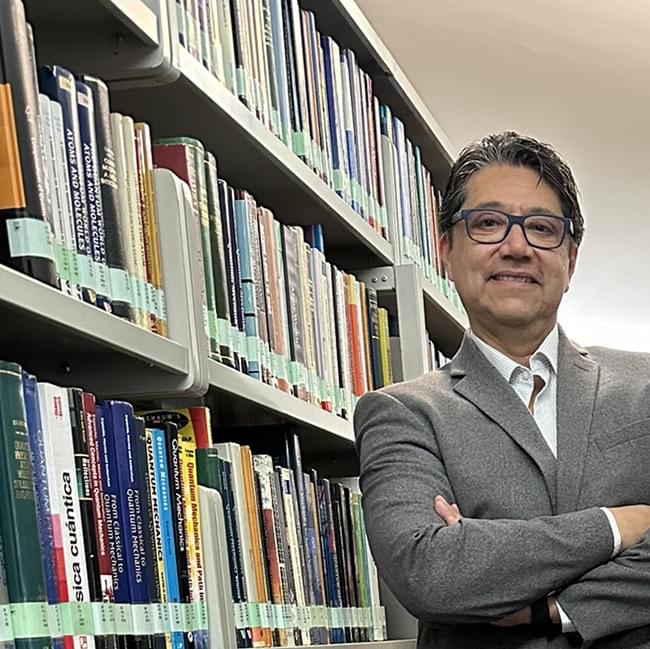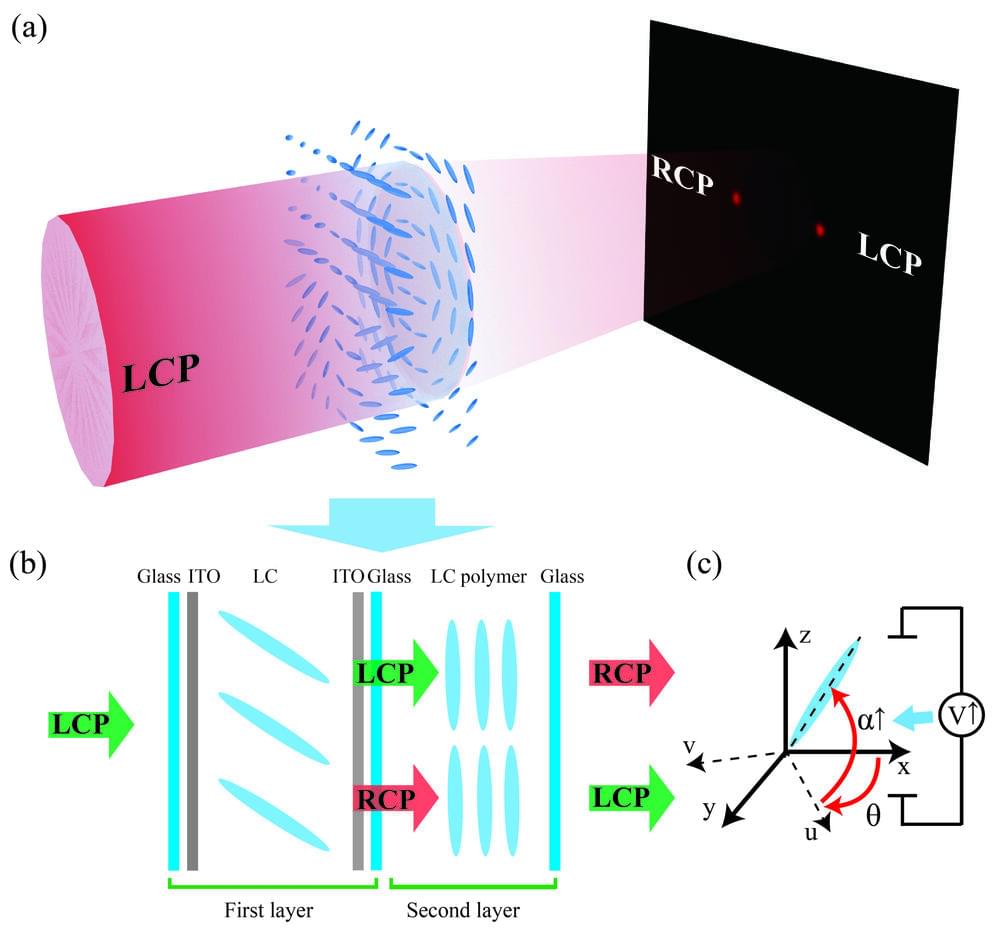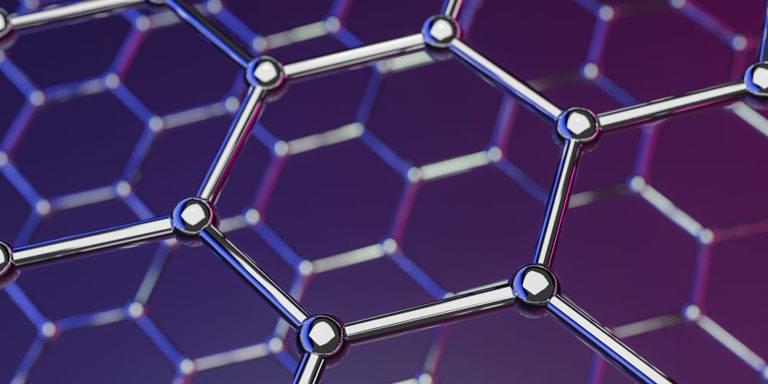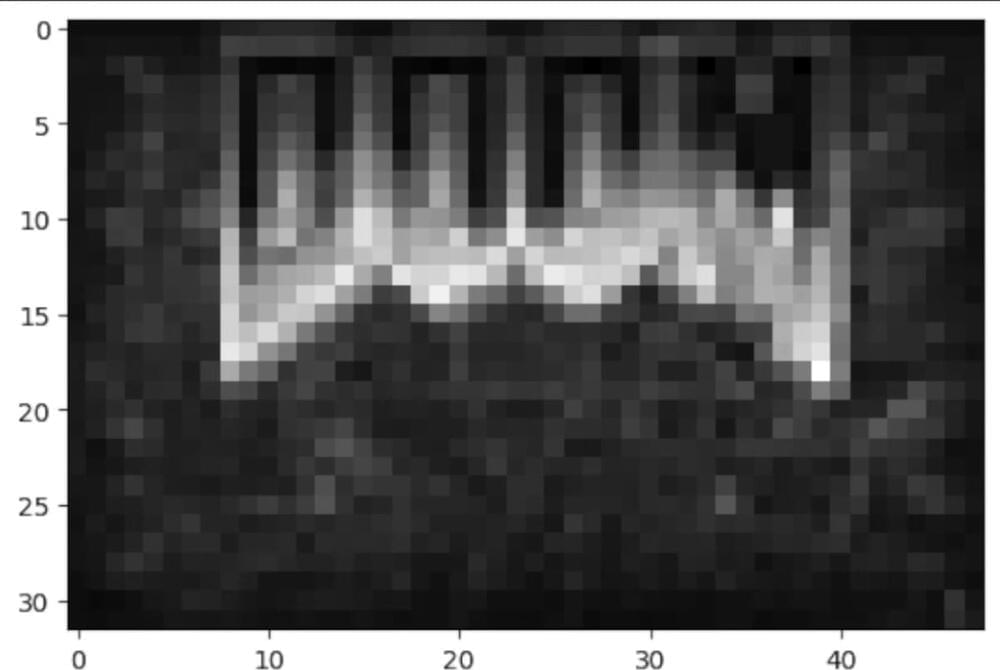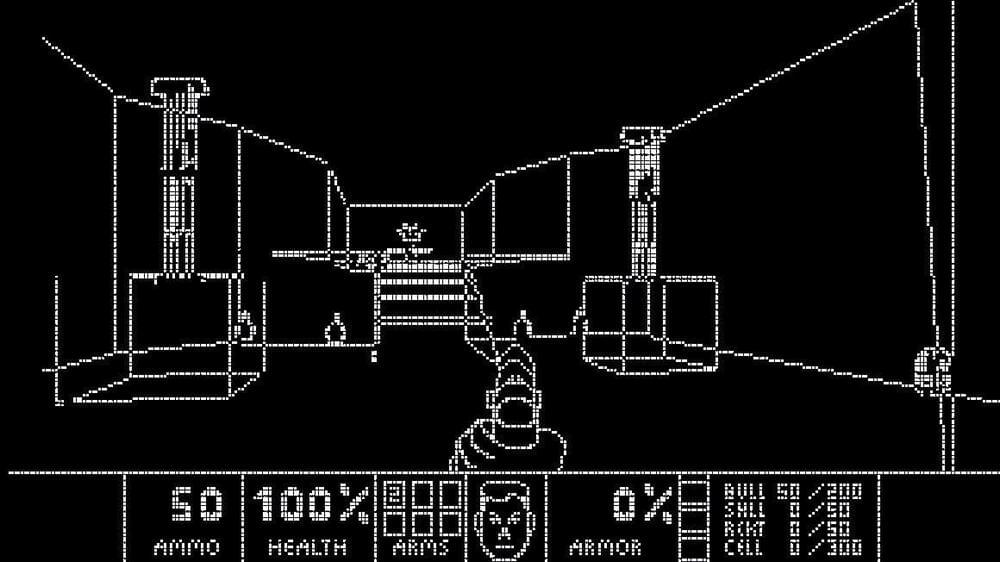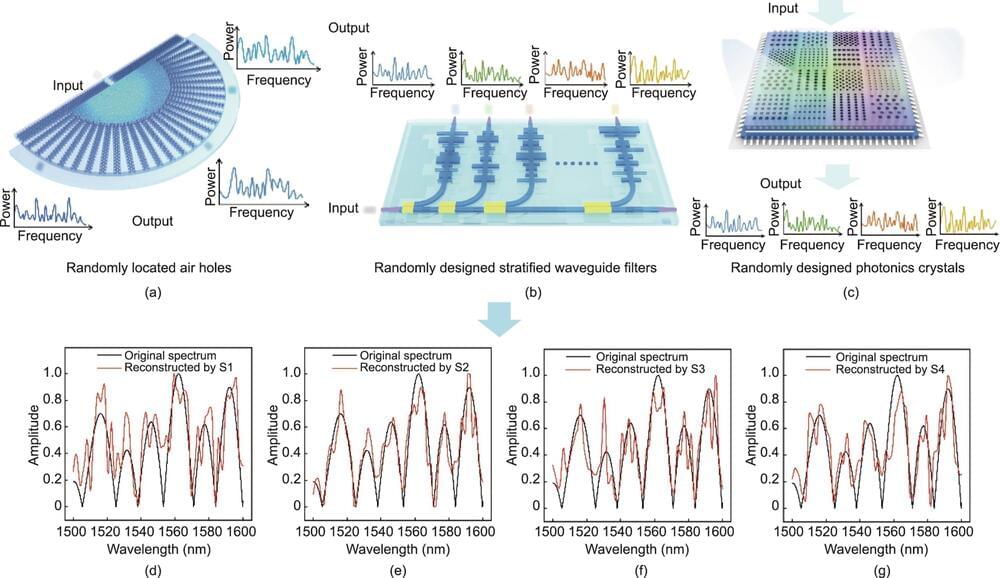Oct 2, 2024
Pescando parejas de piones
Posted by Saúl Morales Rodriguéz in categories: computing, quantum physics
A team of engineers and physicists at quantum computing company Quantinuum has conducted the first-ever teleportation of a logical qubit using fault-tolerant methods. In their paper published in the journal Science, the group describes the setup and teleportation methods they used and the fidelity achieved by each.
